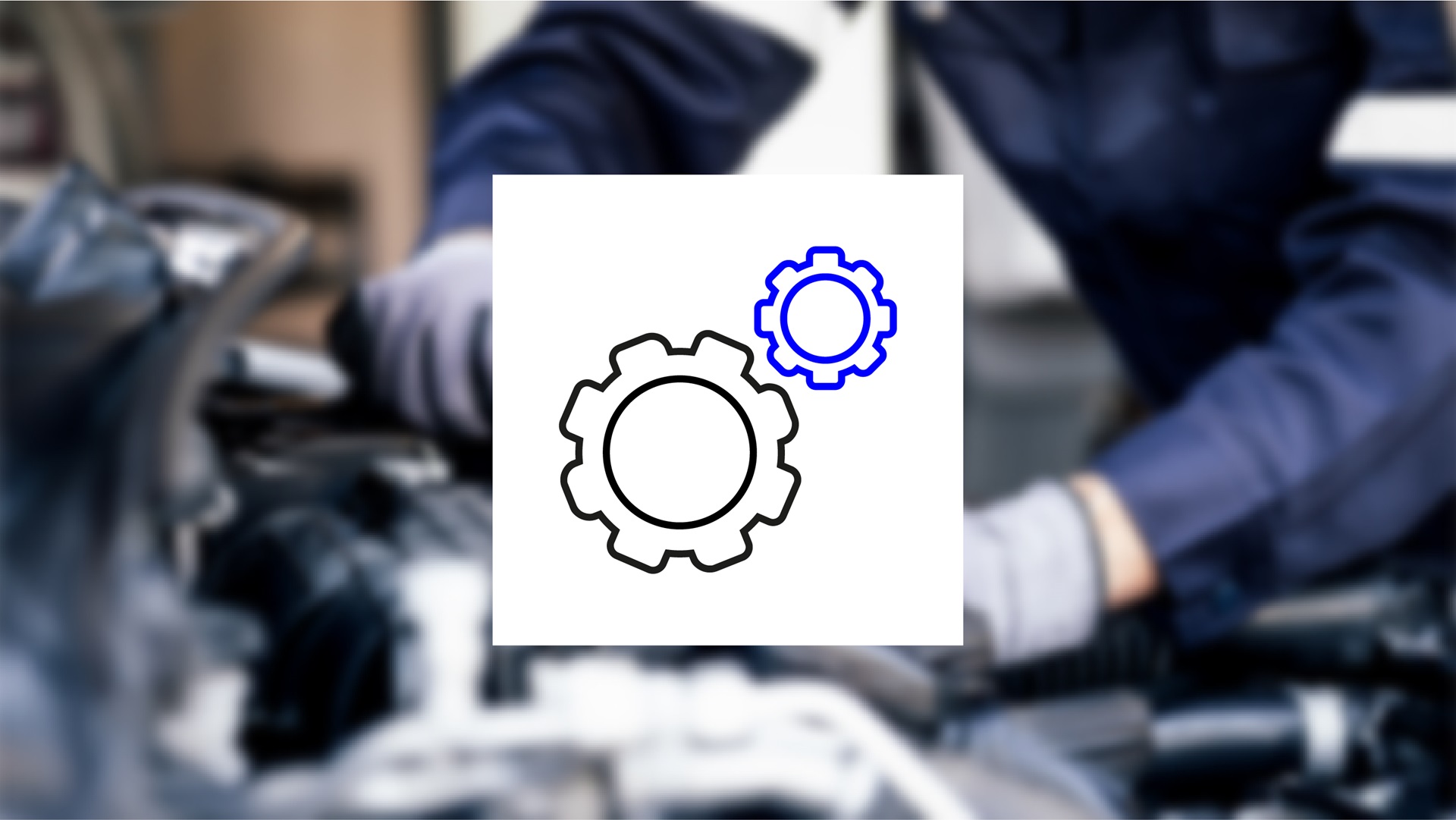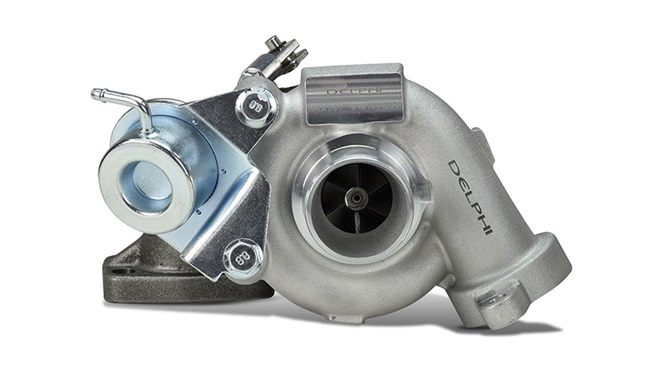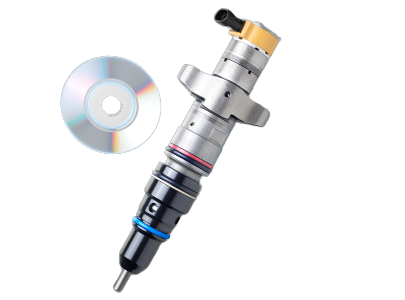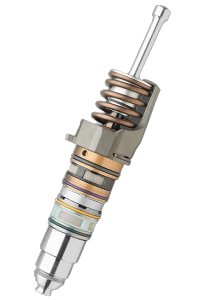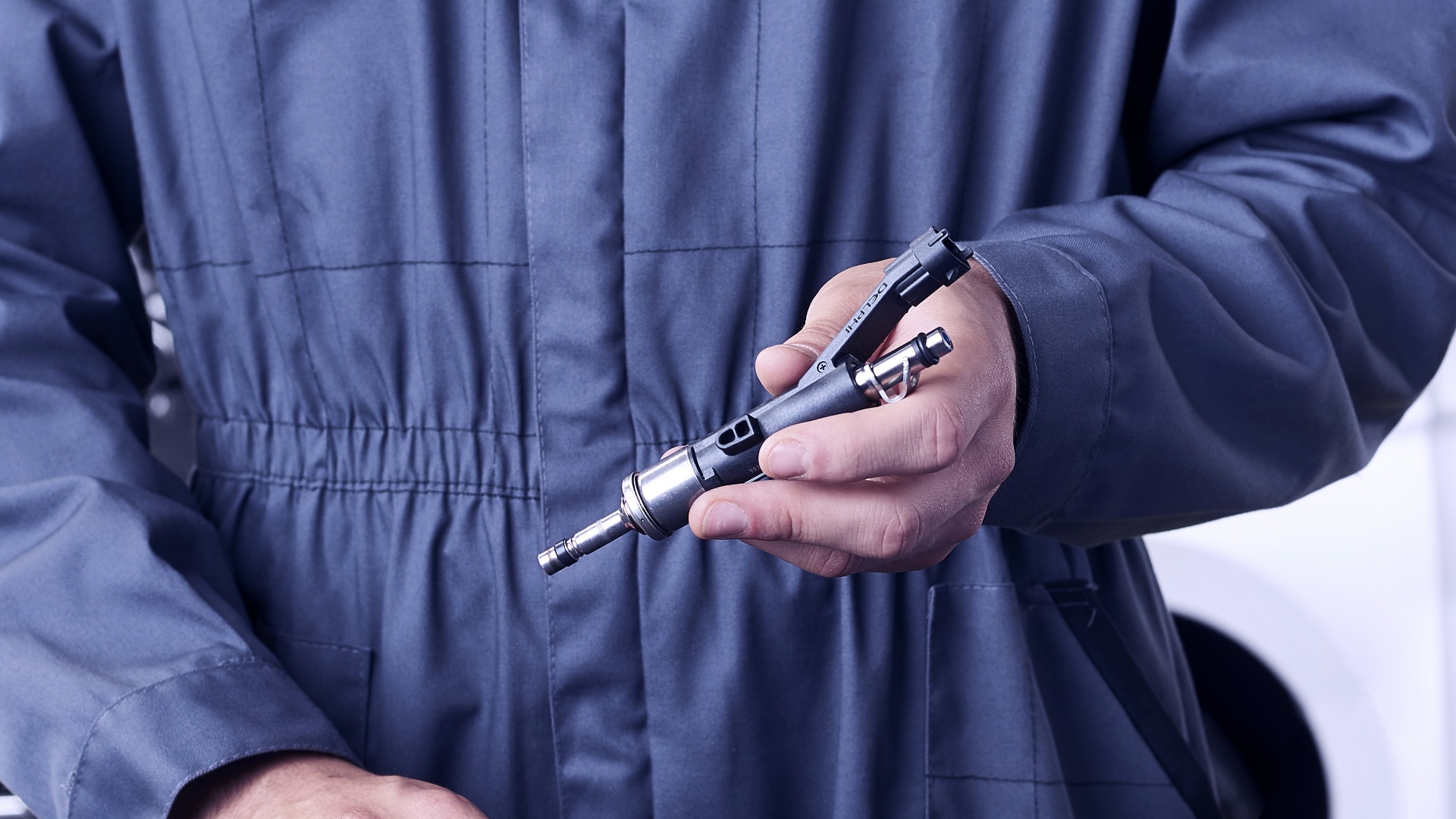Resource Highlights
In this article you will find out about what the Remanufacturing process involves.
Unlike repair or reclamation, remanufacturing involves the comprehensive disassembly of the entire turbocharger unit. This is supplied to the factory as core – used turbochargers which are returned as a ‘part exchange’ upon purchasing a replacement unit (Delphi offers a surcharge on all remanufactured turbochargers. This means that the price you pay for a replacement unit is reduced by a predefined amount when you return the used turbo for remanufacturing).
The first stage in the remanufacturing process is the strip down of the turbo into its individual constituent parts. Delphi remanufactured turbochargers are engineered to exacting specifications, and are guaranteed to meet or exceed the standards set by the OEM. As part of this process, we discard certain components which we know are at risk of underperforming if reused, even if they are currently functioning correctly. These are sent for recycling, and brand new replacement components are used upon reassembly.
Components which may be reused undergo a thorough cleaning process, which involves chemicals and processes specifically developed to bring the component back to an as-new condition without damage.
The next step is to measure and inspect every single component to ensure that it still fulfills all of the parameters which we require. Any components which do not meet the strict standards we demand are removed from the system, and sent for recycling.
Those components inspected and certified as fit for re-use are then combined with the necessary brand-new parts (which have been engineered to ensure stringent OE standards of quality are met), and the assembly process can begin.
After fitment of the main shaft into its bearing housing, and the installation of the compressor wheel, each and every turbo undergoes a number of industry-standard tests to ensure that it will perform to our stringent requirements. One such step is the dynamic balancing of the shaft assembly. This ensures that each and every turbocharger will perform at its optimum, with minimum vibration, minimum bearing wear and minimum operating noise.
If the assembly is deemed to meet our standards, the final assembly of the compressor and turbine housings takes place, and additional pre-running checks are undertaken. This includes the setting and calibration of the turbochargers’ pressure-control system. Only after successful completion of each and every test is the remanufactured turbocharger ready to be signed off, packaged (along with an application-specific fitting kit and oil vessel) and sent for dispatch to another satisfied Delphi customer.
